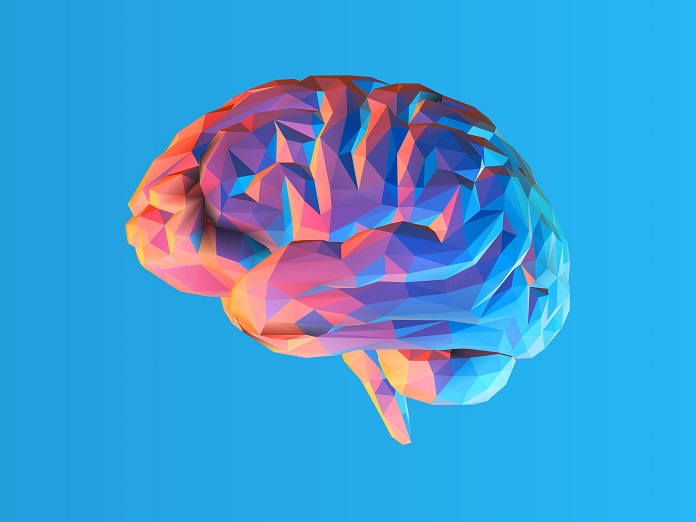Writing, typing, riding a bike, driving a car, doing DIY around the home – these are just a few of the everyday activities that can be more tricky for people with dyspraxia. Also now commonly known as developmental coordination disorder (DCD). We explore the signs and symptoms of dyspraxia and how it can be managed.
The motor-skills disorder affects coordination and can make it difficult for people to plan and process motor tasks. Despite the fact it’s quite common however, dyspraxia is often poorly understood and sometimes confused for a sign of low intelligence or clumsiness. But there’s actually no connection between DCD and low IQ. In fact, it’s widely thought that Albert Einstein had it.
Dyspraxia is believed to affect around 10% of the population, meaning it’s likely that at least 1 child in every classroom will have it – although it’s often not officially recognised until adulthood. It’s also thought to be around 3 or 4 times more likely in boys than girls, and sometimes runs in families.
What is dyspraxia?
Although the causes aren’t fully understood, dyspraxia affects the planning and processing of movements and coordination as a result of brain messages not being accurately transmitted to the body.

The NHS describes dyspraxia as a ‘condition affecting physical coordination that causes a child to perform less well than expected in daily activities for his or her age, and appear to move clumsily’. Carrying out coordinated movements, however simple they may seem, is actually a complex process in the brain. It involves many different nerves and parts of the cerebrum. So even the slightest glitch in the process can make something as simple as pouring a glass of juice, or tying a knot, more difficult.
Experts are not clear as to why motor coordination doesn’t develop as well as other abilities in children with dyspraxia. Although there are a few risk factors that may be associated with it. These include being born prematurely or with a low birth weight, having a family history of dyspraxia, and alcohol or substance abuse during pregnancy.
What are the signs and symptoms of dyspraxia?
Some of the early signs of dyspraxia in children include a tendency to bump into objects, difficulty with tasks such as learning to ride a bike and actions like throwing, catching and kicking balls.
Young children might hit the milestones of crawling, walking and self-feeding later than their peers, while using pencils or cutlery can appear difficult. You may also notice some speech and language difficulties in children with dyspraxia.

Although signs of the condition are present from an early age, children vary widely in their rate of development. DCD isn’t usually diagnosed until a child is around five years old or older.
It might just be brushed off as poor coordination until much later in life. In adulthood, dyspraxia can affect hand-eye coordination, cause problems with things like with rhythm while dancing or exercise, and may also make you more prone to falling and tripping over than others.

People with dyspraxia may also have difficulty with everyday things like dressing and grooming and grasping small objects, and experience difficulties planning and organising thoughts and memory.
How is it diagnosed?
If your child is showing symptoms of dyspraxia, the NHS advises talking to your GP, health visitor or special educational needs coordinator (SENCO).
The diagnosis of DCD is usually made by a paediatrician, often alongside an occupational therapist. An assessment is carried out to check gross motor skills. This is the ability to use large muscles that coordinate significant body movement, such as running and jumping. They will also check your child’s fine motor skills. This is the ability to use small muscles for accurate coordinated movements, such as drawing and using scissors.

A child’s assessment score is then compared with the normal range of scores for children of their age, while taking into account evidence that there are no issues with mental ability.
If you think you may have undiagnosed dyspraxia or problems with your coordination as an adult, it’s a good idea to keep a diary of your symptoms and take them to your GP to chat through. If they feel it’s necessary, they may refer you to a physiotherapist or an occupational therapist for tests. This will assess your movements and how your symptoms are affecting you, before confirming a diagnosis.
How can dyspraxia be managed?
While dyspraxia is a lifelong condition, there are things that can help to manage it. These include occupational therapy, which can help you to manage everyday tasks, and cognitive behavioural therapy (CBT), a type of talking therapy that helps people manage difficulties by changing thought and behaviour patterns.

Steps taken to help manage dyspraxia in children can vary depending on how the condition is affecting them, and will usually be tailored to their needs. For instance, there might be techniques to help them break difficult movements down into much smaller parts, so they can learn and practise them regularly. They may also be given aids, such as special grips on pens and pencils if required, so they are easier to hold.
The NHS advises that regular exercise can help to improve coordination, while switching to a computer can ease the difficulties of hand writing. Often, a big part of managing dyspraxia can also involve taking steps to support your own, or your child’s confidence and self-esteem, and helping improve understanding in others. The Dyspraxia Foundation has lots of information as well as a helpline and links to local groups.
You may also be interested in…































































